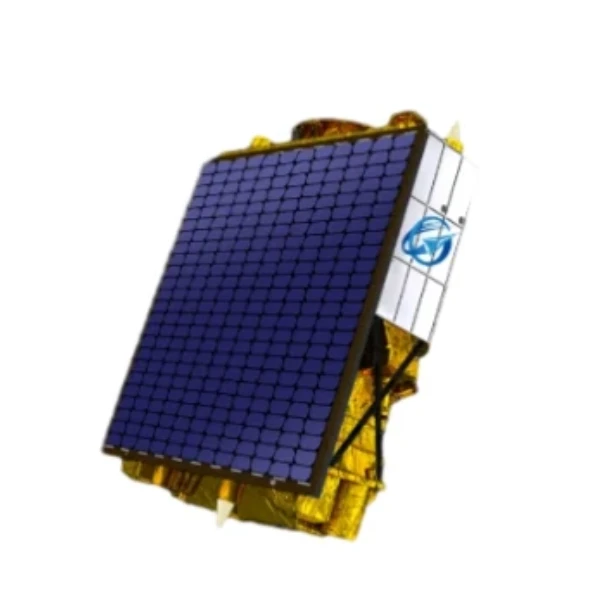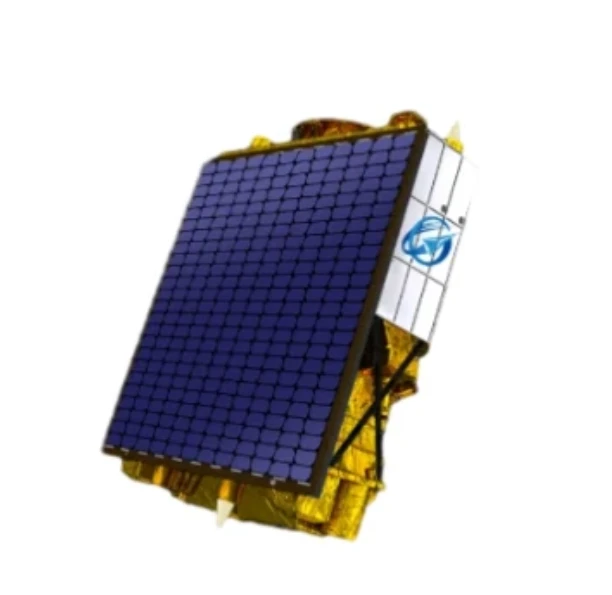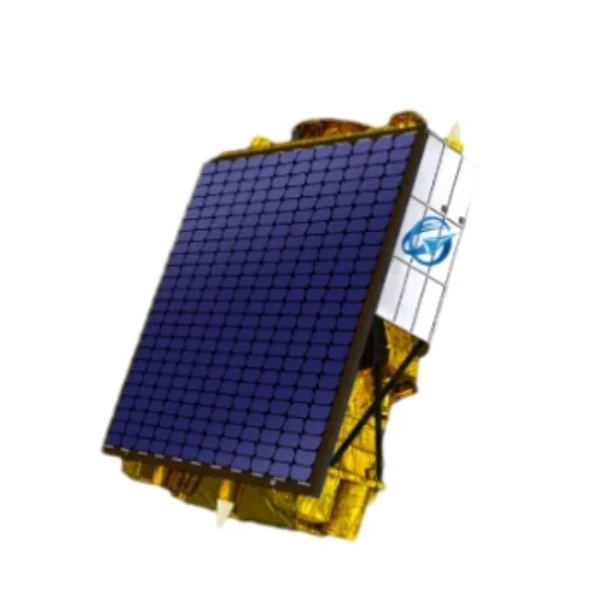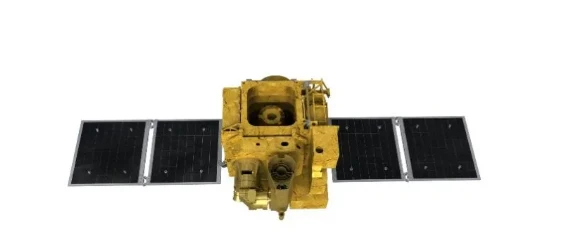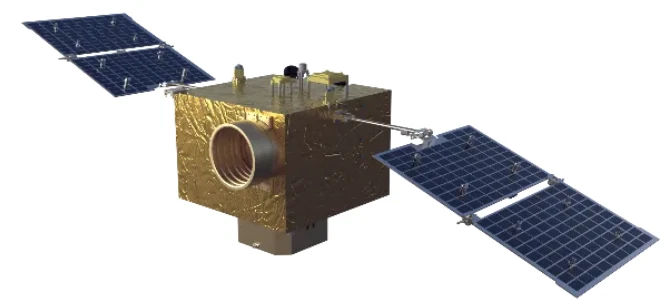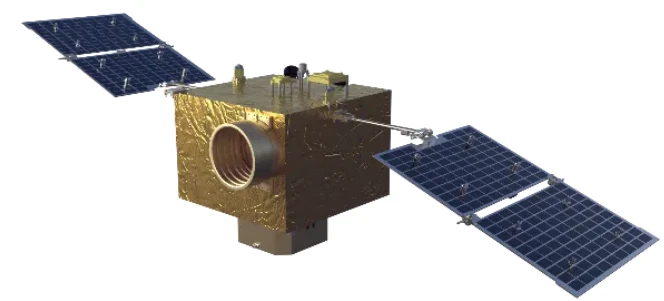
- afrikanesch
- Albanesch
- Amharesch
- Arabesch
- Armenesch
- Aserbaidschan
- Baskesch
- wäissrussesch
- Bengalesch
- Bosnesch
- Bulgarescg
- katalanesch
- Cebuano
- China
- korsesch
- Kroatesch
- Tschechesch
- Dänesch
- Hollänesch
- Englesch
- esperanto
- Estonesch
- Finnesch
- Franséisch
- friesesch
- Galizesch
- Georgesch
- Däitsch
- Griichesch
- Gujarati
- Haitescht Creole
- Haussa
- Hawaianesch
- Hebräesch
- Nee
- Miao
- Ungaresch
- Islännesch
- igbo
- Indonesesch
- Iresch
- Italienesch
- Japanesch
- Javanesesch
- Kannada
- kasachesch
- Khmer
- Rwandaner
- Koreanesch
- kurdesch
- kirgisesch
- Aarbecht
- laténgesch
- Lettesch
- litauesch
- lëtzebuergesch
- Mazedonesch
- Malagasy
- Malaiesch
- Malajalam
- Maltesesch
- maoresch
- Marathi
- mongolesch
- Myanmar
- Nepalesesch
- Norweegesch
- Norweegesch
- Okzitanesch
- pashtu
- Persesch
- Polnesch
- Portugisesch
- pundschabi
- Rumänesch
- Russesch
- Samoanesch
- Schottesch Gaelesch
- serbesch
- Englesch
- Shona
- Sindhi
- Sinhala
- Slowakesch
- Slowenesch
- somalesch
- Spuenesch
- Sundanesesch
- Swahili
- Schweedesch
- Tagalog
- Tadschikesch
- Tamil
- Tataresch
- Telugu
- Thai
- tierkesch
- turkmenesch
- Ukrainesch
- Urdu
- Uighur
- Usbekesch
- Vietnamesesch
- Waliser
- Hëllef
- jiddesch
- Yoruba
- Zulu
Neiegkeeten
Redefining Payload and Performance in Modern Aviation
In the ever-evolving world of aviation, few innovations have matched the impact of VTOL technology. By enabling aircraft to take off, hover, and land vertically, VTOL systems eliminate the need for runways, opening up new possibilities for a variety of industries. Among these revolutionary designs, UAV platforms utilizing VTOL capabilities have particularly gained traction, offering unmatched flexibility and efficiency. As advancements continue, factors like Maximal Notzlaascht Kapazitéit, the evolution of the Dual-all-wing VTOL UAV, and improvements in Wandresistenz Niveau are becoming critical benchmarks for evaluating next-generation aerial performance.
Unleashing New Capabilities with VTOL UAV Systems
The combination of VTOL and UAV technologies has led to a transformation in unmanned flight operations. Traditional drones often require either runways or catapults for launch, but a VTOL UAV can ascend and descend vertically, making it ideal for confined or rugged environments. This unique capability enhances mission flexibility, allowing operations from virtually any location—urban rooftops, ship decks, or remote wilderness areas.
Moreover, a VTOL UAV offers increased operational efficiency by minimizing setup time and logistics. Whether in military reconnaissance, agricultural monitoring, or emergency response, these systems are quickly becoming the preferred choice for professionals who demand reliability and agility in challenging scenarios.
Maximizing Potential with Maximum Payload Capacity in UAVs
A critical performance metric for any UAV is its Maximal Notzlaascht Kapazitéit. This parameter determines the weight of equipment, sensors, and cargo that a drone can carry without compromising flight stability or duration. In applications like surveying, mapping, and delivery services, a higher Maximal Notzlaascht Kapazitéit translates to greater efficiency and expanded functionality.
Recent advancements have pushed the Maximal Notzlaascht Kapazitéit of VTOL UAV models to impressive new heights. From high-resolution cameras and LiDAR systems to medical supplies and industrial parts, today's UAV systems are engineered to carry diverse payloads while maintaining flight integrity. Balancing lightweight design with structural robustness remains a key engineering challenge, and ongoing innovations continue to expand these payload limits, opening new market possibilities.
The Evolution of Dual-all-wing VTOL UAV Designs
Among the exciting developments in drone technology is the Dual-all-wing VTOL UAV. By integrating the aerodynamic benefits of a full-wing structure with VTOL capabilities, this configuration delivers enhanced range, better lift-to-drag ratios, and improved energy efficiency. Unlike traditional quadcopters or hybrid tilt-rotor systems, the Dual-all-wing VTOL UAV can transition smoothly between vertical takeoff and efficient horizontal flight.
This evolution significantly boosts mission endurance and operational range, making the Dual-all-wing VTOL UAV ideal for long-distance reconnaissance, large-scale agricultural surveys, and extended maritime patrols. The streamlined design reduces energy consumption during cruising, while maintaining the invaluable vertical takeoff and landing flexibility, marking it as a key player in the next phase of unmanned aerial evolution.
Meeting Adverse Conditions with High Wind Resistance Level
One of the major performance concerns for unmanned systems is their ability to withstand strong winds. A high Wandresistenz Niveau is crucial for maintaining stability, accuracy, and safety during flight, especially in adverse weather conditions. A robust Wandresistenz Niveau ensures that UAV missions can continue without delays or data integrity issues.
Modern VTOL UAV platforms are engineered with improved Wandresistenz Niveau capabilities, utilizing advanced flight control algorithms, aerodynamic designs, and reinforced structural components. Whether operating at high altitudes, over open seas, or within urban wind tunnels created by skyscrapers, a strong Wandresistenz Niveau can make the difference between mission success and failure. Operators increasingly prioritize this attribute when selecting UAVs for critical applications in unpredictable environments.
VTOL UAV FAQs
What makes VTOL UAV systems superior to traditional UAV designs?
The main advantage of VTOL UAV systems lies in their ability to take off and land vertically without the need for dedicated runways or launch equipment. This flexibility allows them to operate from confined spaces and challenging terrains, increasing their usefulness across industries such as military, agriculture, disaster relief, and urban surveillance. Their versatility, combined with the growing capabilities in payload and endurance, makes VTOL UAV platforms increasingly essential.
Why is Maximum Payload Capacity important in UAV operations?
Maximal Notzlaascht Kapazitéit determines what and how much a UAV can carry during a mission. Whether it's transporting high-end sensors, delivering medical supplies, or carrying specialized survey equipment, the Maximal Notzlaascht Kapazitéit affects the drone’s efficiency, cost-effectiveness, and operational flexibility. UAVs with higher payload capacities can perform more complex missions, reducing the need for multiple flights and enhancing overall productivity.
What advantages does a Dual-all-wing VTOL UAV offer over other UAV types?
The Dual-all-wing VTOL UAV design merges the benefits of fixed-wing and rotary-wing aircraft. It offers superior aerodynamic efficiency during horizontal flight while retaining vertical takeoff and landing capabilities. This hybrid structure results in longer flight ranges, greater energy efficiency, and smoother transitions between flight modes, making the Dual-all-wing VTOL UAV highly desirable for missions requiring both endurance and versatility.
How does a high Wind Resistance Level improve UAV performance?
A high Wandresistenz Niveau ensures that UAVs can operate reliably even in challenging weather conditions. It improves flight stability, maintains accurate data collection, and reduces the risk of mission failure due to sudden gusts or turbulent environments. UAVs designed with a robust Wandresistenz Niveau are better suited for critical operations where environmental factors cannot be controlled, providing greater operational assurance.
What factors should be considered when choosing a VTOL UAV?
When selecting a VTOL UAV, it's essential to consider factors such as Maximal Notzlaascht Kapazitéit, Wandresistenz Niveau, flight endurance, ease of deployment, and the specific mission requirements. Depending on the intended use—whether for long-range surveillance, precision agriculture, or emergency logistics—a UAV’s design features, including whether it is a Dual-all-wing VTOL UAV, play a significant role in mission success and overall investment value.






